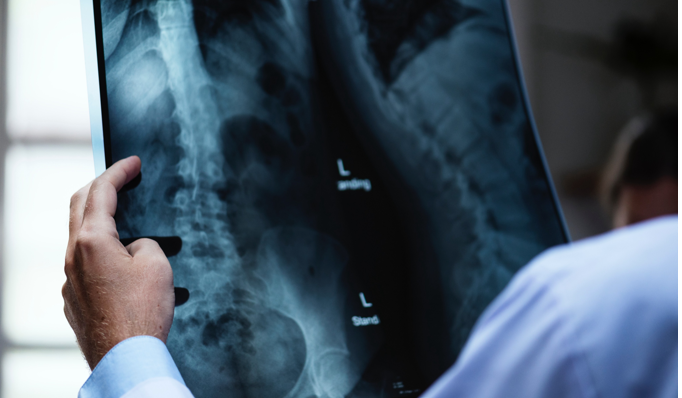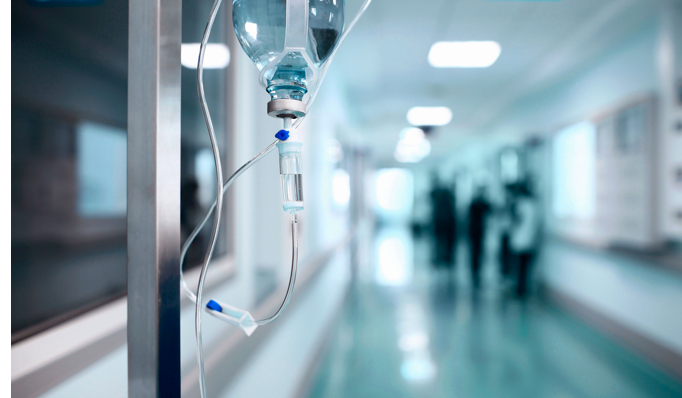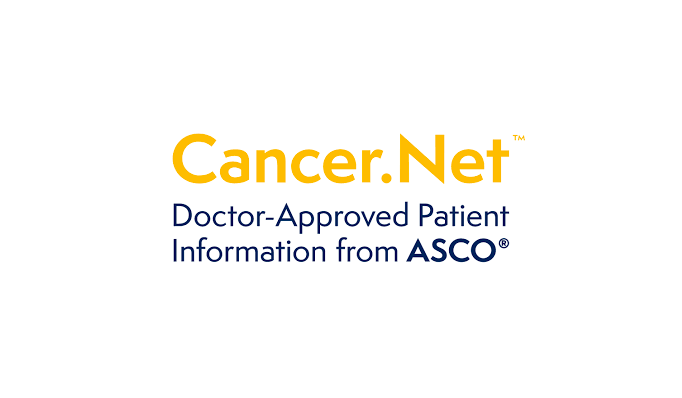Maybe you have noticed, but it’s hard to drive down the highway or get through a local newscast without seeing some very polished advertising, promoting local medical centers. Big spend ad campaigns are one indicator that hospitals are investing heavily in marketing these days. At the same time, the concept of patient engagement has risen to the top of the strategic priority list in healthcare, so hospitals are getting hyper focused on the customer experience because that too impacts the marketing brand in the era of social media and online consumer reviews.
Today, hospitals find themselves in a situation where they must compete for patients and revenue. High deductible plans give consumers a greater level of choice in how they spend their healthcare dollars. Value-based care and reimbursement programs that emphasize outcomes and customer satisfaction are forcing wholesale changes across the care continuum. The bottom line here is that hospitals need to operate more like a traditional service business which means they need to worry about their brand, they need to recruit customers, and they need to deliver fantastic service.
We all can agree that good marketing and a focus on delivering excellent service are critical to the success of any business. Patient Engagement as a strategic focus area is white hot because it’s the ultimate no-brainer.
Influencing the hearts and minds of consumers
It is estimated that hospitals spent $4.9 billion in local advertising in 2017 and that number doesn’t include the billions of investment in the multitude of other, non-advertising, marketing initiatives. Kaiser Permanente has even ventured into the land of Budweiser and Ford marketing with a major, multi-platform sponsorship program with the NBA. These high profile, expensive branding investments show just how serious the industry is about building top of mind awareness with consumers at a broad level.
It’s subtle, but many of the healthcare industry visionaries are carefully referring to the marketing target audience as consumers instead of patients. While a patient may be a frequent user of the medical center services, a consumer is someone that will potentially use the services in the future. If you look across hospital service lines, there is one particular area that is especially ripe for doubling down on and completely nailing — the Emergency Department.
Thousands of potential new customers are on the first floor, waiting, wondering
The Emergency Department (ED) is a high volume entry point to a medical system, and most of the people navigating their way through a long Sunday afternoon treatment experience represent lots of future potential revenue for the hospital. It’s one of the primary “front doors” to the medical center for ongoing, non-emergency treatment and services.
An engagement with a hospital that begins in the ED is because of an unfortunate need, not a choice. The untimely sickness or injury means it’s never fun to be there in the first place, so the starting point is low. To make matters worse, the patient is often faced with long waits, poor communication, and confusion. The industry can only hope that Yelp reviews don’t gain popularity with ED patients and their families because the average rating would be a major deterrent to future consumers.
If hospitals are serious about patient engagement, they would be wise to look at the ED as priority 1A.
Nailing the Emergency Department Experience is a Marketing Opportunity
The ED poses a daunting customer experience challenge because many variables are beyond the hospital’s control. If someone with a less severe condition happens to come in during a time of intense trauma cases, they are going to wait and might even get second class attention. But, at the same time, there’s no excuse for keeping people in the dark.
Modern mobile technology is fully capable of interacting with patients, their companions, and their families. Information sharing at scale is easier today than it has ever been. Chatbots can serve as virtual assistants to the ED nurses and doctors and help keep the patients up to date on tests, wait times, next steps, logistics and basic medical questions.
It’s important to remember that many of the people sitting for hours, wondering if they will ever get seen, or worse, if they are going to pass out because of their condition, all represent significant potential future revenue for the hospital system. Each of the patients in an ED will walk out the door with some kind of referral that should take them into other care zones of the medical center network. They are warm, qualified leads.
The ED accounts for a major portion of medical care. According to a recent University of Maryland Survey, nearly half of all US medical care is delivered by emergency departments. Think about the equivalent marketing investment that would be needed to drive thousands of new customers into a potential long-term engagement program with the hospital. Instead, most ED visits are rated somewhere around getting a root canal or going to the DMV — a situation where few fans are created, good peer reviews are rare, and defection likely.
A focus on communication and information sharing is key. EDs will always be at the mercy of the weather, a bad accident, or an epidemic, but hospitals can control how patients are engaged and informed. We have become an information hungry society, attached to our mobile devices. Those same devices can be leveraged to bridge the information gaps in the ED and address the patient engagement opportunity in the place it matters most.
Keep spending the marketing dollars and continue to focus on the patient engagement experience, but remember where all the action is because the greatest ad campaign in the world will not overcome a two star Yelp rating, and a 50% referral noncompliance rate.








